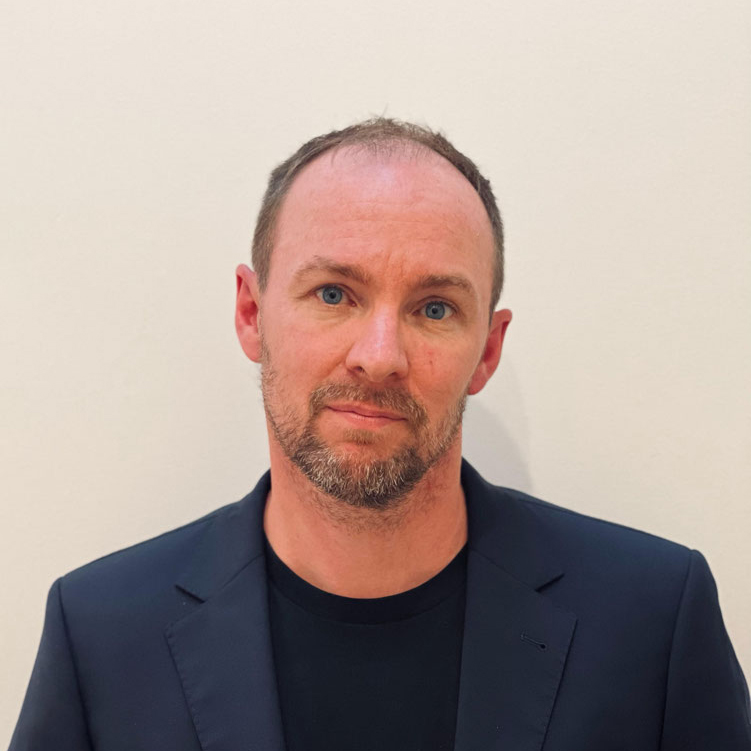In today’s world, there is an overwhelming obsession with productivity. Efficiency is the gold standard, and procrastination is seen as the ultimate sin. We are so consumed by the need to stay busy and make constant progress that we can’t afford to waste even a minute. As a result, people continuously seek the best ways to optimize their tasks: "What is the best laptop for hacking?", "What should I learn first?", "Should I use Burp or Zap?". The fear of wasting time becomes so paralyzing that they spend precious moments asking these questions or researching the best approach instead of actually doing the work.
Ironically, this quest for efficiency can lead to inefficiency. Time that could be spent gaining hands-on experience is instead lost in an endless cycle of seeking perfect answers. The reality is that there is no single best way to do most things, especially in fields like security research, where exploration and experimentation are key. In fact, if you don’t regularly find yourself saying, "Well, that was a waste of time," you’re probably not exploring enough. True learning often involves venturing into the unknown, where outcomes are uncertain, and the path is anything but clear.
Reflecting on my own experiences, the time I learned the most was during my university years when I could afford to spend three days going down a rabbit hole just for the sheer fun of it. There were no immediate goals, no pressure to produce results, just pure, unfiltered curiosity. While it might have seemed like a waste of time to an outside observer, these seemingly aimless journeys were the ones that led to the deepest insights.
This brings us to a crucial point: making mistakes and "wasting" time is an essential part of learning and improving. This is particularly true if you aspire to become a security researcher. The field is inherently about discovery, and discovery often means venturing down paths that lead nowhere. However, these dead ends are not failures—they are critical experiences that teach you how to choose better paths in the future. The process of learning why a particular rabbit hole was the wrong one makes you better at selecting the right ones next time. This cannot be skipped or rushed.
It’s understandable why people are drawn to structured learning experiences like CTFs (Capture The Flag), certifications, and online training. These activities offer a clear sense of direction and accomplishment. Participants know they will learn something tangible, that their time will be productively used, and that they will have something to show for it at the end. However, it’s important to recognize that these structured experiences, while valuable, are not the only way to grow. In fact, it is equally crucial to waste time not learning, learning the wrong thing, or discovering that there was nothing to learn. This unproductive time is just as valuable as the structured, productive learning experiences. It’s during these moments that you truly expand your boundaries, developing the critical thinking and problem-solving skills that set you apart in the long run.
To truly improve, you need to embrace failure. You need to allow yourself the time and space to explore, make mistakes, and learn from them. In the end, it’s not about finding the most efficient way to do something but about gaining the experience and understanding that will make you truly effective in the long run.
